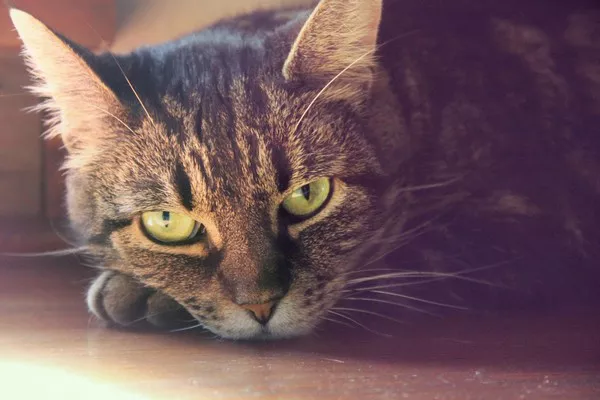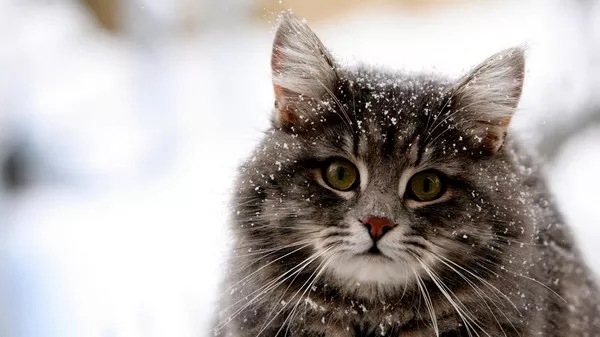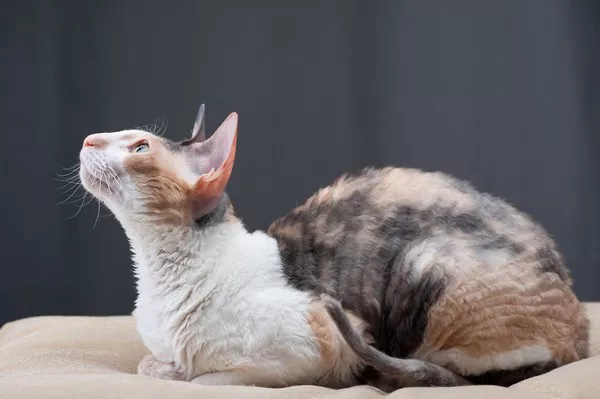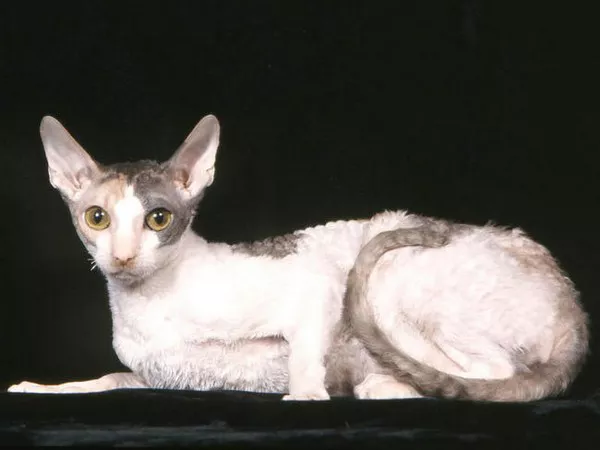Calico cats are known for their distinctive coat patterns that feature three colors – black, white, and orange. These cats are almost always female, with only about one in 3,000 being male. This raises the question of whether male calico cats truly exist.
In this article, we will explore the genetics behind calico cats, the rarity of male calicos, and the unique circumstances that can lead to their existence.
Understanding Calico Cats
To understand why calico cats are typically female, it’s important to understand their genetics. The gene responsible for calico coloring is located on the X chromosome, of which females have two copies (XX) while males have only one (XY).
Because calico coloring is a result of multiple genes, it is possible for a female cat to inherit different color variations from each parent. For example, if one parent passes on the gene for black fur and the other passes on the gene for orange fur, the resulting kitten may have patches of both colors on its coat.
However, since male cats only have one X chromosome, they can only inherit one version of the gene for calico coloring. This means that male cats must inherit an extra X chromosome (XXY) in order to exhibit calico coloring.
The Rarity of Male Calico Cats
Due to the biology of feline genetics, male calico cats are extremely rare. In fact, researchers estimate that only about one in 3,000 calico cats are male. This rarity is due to the fact that male cats typically have only one X chromosome, making it much less likely that they will inherit the necessary combination of genes for calico coloring.
Unique Circumstances That Can Lead to Male Calico Cats
While male calico cats are statistically unlikely, there are some unique circumstances that can make their existence possible.
One such circumstance is a genetic mutation known as Klinefelter Syndrome, which occurs in males when they inherit an extra X chromosome (XXY) instead of the typical XY pairing. This rare condition affects only about 1 in 1,000 male cats and can lead to the development of calico coloring.
Another way male calico cats can come into existence is through chimerism, a phenomenon where two fertilized eggs fuse together early in development to create a single individual with two distinct sets of DNA. In some cases, one of these sets of DNA may contain the necessary genes for calico coloring, leading to a male cat with patches of orange, black, and white fur.
Conclusion
In conclusion, male calico cats are indeed a rare occurrence due to the biology of feline genetics. While it is statistically unlikely for a male cat to exhibit calico coloring, unique circumstances such as genetic mutations and chimerism can make their existence possible.
It’s important for pet owners to remember that while a male calico cat may be a novelty, their rarity has no bearing on their health or temperament. All cats, regardless of their coat coloring, deserve love, attention, and proper care from their owners.



























